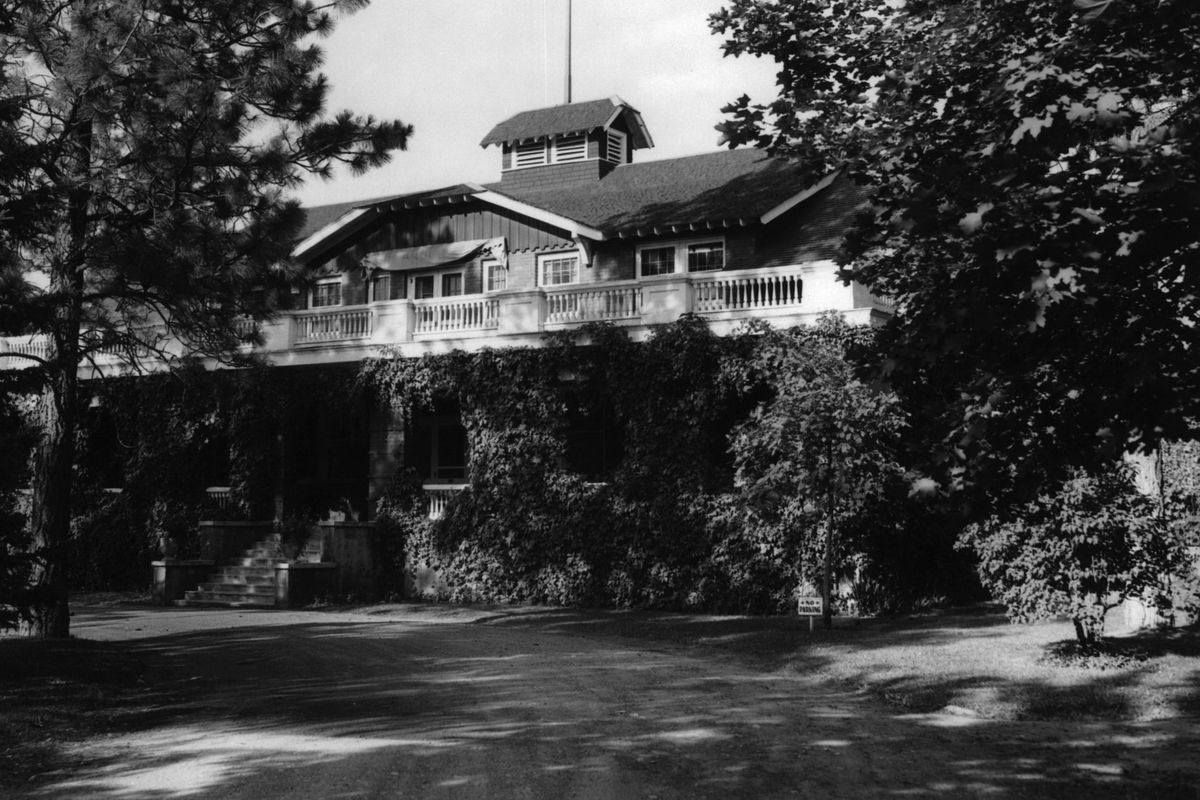Then and Now: Edgecliff Hospital

By the dawn of the 20th century, the scientific community finally understood the disease tuberculosis. The cause was bacterial, it was contagious and the logical way to slow the scourge was to segregate sufferers in special hospitals.
Spokane County allotted $80,000 to build a tuberculosis hospital on Park Road in Spokane Valley.
The Edgecliff Sanitarium opened on October 10, 1915, to take patients. Dr P.D. Tuttle, president of the State Board of Health, spoke at the opening and said the sanatorium “constituted no menace to residents of the neighborhood.”
While the hospital was under construction, the Anti-Tuberculosis League raised $6,000 for a children’s wing for the hospital. It would have a covered open-air patio where children could play in the fresh air, which was believed to be part of the cure.
As a young teen, 82-year-old Les Harder had a stiff, painful hip and tested positive for TB. One variety of tuberculosis affected bones and joints. He was sent to Edgecliff in 1951 and spent his eighth-grade year there as one of 20 or so in the children’s wing. Mrs. Olney, a school teacher, came every day for lessons. “Parents were only allowed to visit on Thursday and Sunday. Some of the kids’ parents were patients in the main hospital and they could only communicate across the open courtyard,” he said.
Harder passed the time listening to the Spokane Indians on the radio, building models and reading books.
Harder remembers a drug called PAF was used to fight the disease: “It was vile.”
He was released after doctors found tuberculosis wasn’t the cause of his pain. “It was lucky that I didn’t get it (TB) while I was in there,” he said recently.
New buildings were added to the park-like campus in 1919 and 1949.
The hospital could hold 210 patients. Dr. George Rodkey, medical director from 1957 to 1978, said the average stay was three months and the facility had cared for almost 10,000 patients.
The hospital closed in 1978. After a few years as an alcohol detox facility, it sat empty for a dozen years before developer Harry Green and architect Warren Heylman converted the campus into a senior living facility called Park Place in the early 1990s.